Edwin Velez // AMH 4110.0M01 – Colonial America, 1607-1763
Firearms played a pivotal role in the maintenance and defense of the North American colonies. After a slow start, guns became more common in colonial households and would come to play a crucial role in the American Revolutionary War.[1] Guns were first introduced to America by the Spanish in the initial conquest of the late fifteenth and early sixteenth centuries. Superiority in firepower allowed these colonists and conquerors to dominate trade in coastal areas, intimidating Native Americans, whose stone weapons were no match for the awesome firepower of the Spanish arquebuses. However, firearms in general were quite scarce at this point, with most soldiers relying on steel swords or crossbows.[2] When invading Tenochtitlan in 1520, Spanish conquistador Hernan Cortés brought with him 12 gunmen to fight against the Aztecs. During the conquest of the Incas in 1533, Francisco Pizarro brought only three.[3] Their technological superiority would eventually allow the Spanish to dominate and to decimate Aztec, Mayan, and Incan populations.
Native American tribes, when hunting for food, originally relied on bows and arrows or spears. However, as trade with Europeans increased over time, firearms became more common among coastal tribes, which eventually came to present a threat to the security of European colonists and rival tribes who had limited access to coastal trade networks.[4] Native Americans in northern colonies would typically offer wampum, a craft composed of shell beads, in exchange for firearms and other goods. In southern colonies, they would offer items such as deer skins and other animal pelts.[5]
After 1607, when the British colony at Jamestown was first established, firearms played a pivotal role in Indian-English conflicts. Like the Spanish, the English used their superior firepower to intimidate and make an example of the Algonquians of Virginia, hoping to command the trade, respect, and fear of neighboring tribes. In turn, the Native Americans in the area learned the value of firearms as a resource and often accepted Jamestown deserters who brought such munitions with them.[6]

The first serious battle between Native Americans and English settlers was the Pequot War of 1636, which took place in modern-day Connecticut. In this conflict, the Pequot tribe fought against the English, who were aided by the Narragansett and Mohegan tribes, historical rivals of the Pequot people. A combination of arson and gunfire was utilized to massacre the Pequots.[7]
The process of manufacturing firearms required specialization in a variety of skills, such as woodworking and blacksmithing. However, there were no gunsmiths in the colonies during the contact period. Firearms were mostly imported, crafted by European gunsmiths and delivered to the American colonies on ships across the Atlantic.[8]
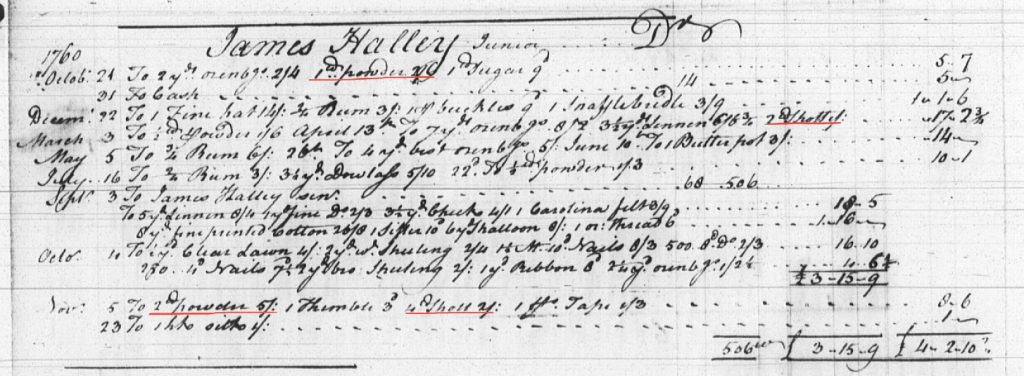
Upon inspection of the Glassford and Henderson Colchester store ledger from 1760-61, it is apparent that firearms were a component to life in the Virginia colony in the eighteenth century and ammunition required occasional restocking. Among the many purchases, powder and “shott” are somewhat common, usually measured in pounds and purchased together. Powder was purchased 92 times in 1760-1761, while shot was bought 93 times.[9] These goods usually appeared once per account, though sometimes twice, suggesting that the initial purchase lasted for some time before requiring restocking. For example, James Halley Junior bought powder and shot twice in 1761: March and November.[10] Less common was gunflint, the primary component to lighting the gunpowder necessary to fire the weapons. This good was purchased only 34 times.[11] The purchases were made towards the end of summer and the beginning of autumn, implying that settlers were possibly preparing for the upcoming hunting season. In 1738, the Virginia House of Burgesses passed “An Act, for the better preservation of the breed of Deer; and preventing unlawful Hunting”, which stipulated that bucks could only be hunted from the beginning of August to the beginning of December, and that does and fawns could only be hunted from the beginning of November to the end of December.[12] Though colonists were likely hunting animals other than deer, this law shows that hunting practices were moderated and those who disobeyed were punished.
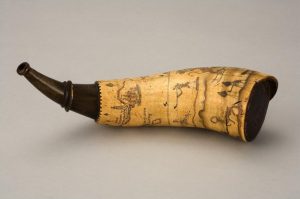
In all cases, actual purchases of firearms in 1760-1761 were virtually absent from the ledgers, suggesting that guns were purchased elsewhere or were already part of a household by that point. However, the frequency of ammunition purchases show the relative importance of firearms in colonial America as hunting tools, a far cry from the purpose of the first firearms brought to the New World.
[1] Richard L. Legault, Trends in American Gun Ownership (New York, LFB Scholarly Publications, 2008), 15.
[2] Alan Taylor, American Colonies: The Settling of North America, Vol. 1 (New York: Penguin Books, 2002), 56.
[3] M.L. Brown, Firearms in Colonial America: The Impact on History and Technology, 1492-1792 (Washington D.C.: Smithsonian Institution Press, 1980), 41.
[4] Taylor, American Colonies, 98.
[5] Ibid., 94, 230.
[6] Ibid., 132-133.
[7] Ibid., 195.
[8] Ed Crews, “The Gunsmith’s Shop,” Colonial Williamsburg Foundation, accessed May 30, 2018, http://www.history.org/foundation/journal/autumn00/gunsmith.cfm.
[9] History Revealed, Inc., Object Index 1760-1761, unpublished.
[10] Alexander Henderson, et. al. Ledger 1760-1761, Colchester, Virginia folio 48 Debit, from the John Glassford and Company Records, Manuscript Division, Library of Congress, Washington, D.C., Microfilm Reel 58 (owned by the Mount Vernon Ladies’ Association).
[11] History Revealed, Object Index.
[12] William Waller Hening, The Statutes at Large: Being a Collection of all the Laws of Virginia from the First Session of the Legislature, in the Year 1619 (Richmond, Virginia: Franklin Press – W.W. Gray, Printer, 1819), Vol. 5, Ch. XIV, 60-61, accessed May 30, 2018, http://vagenweb.org/hening/vol05-04.htm.
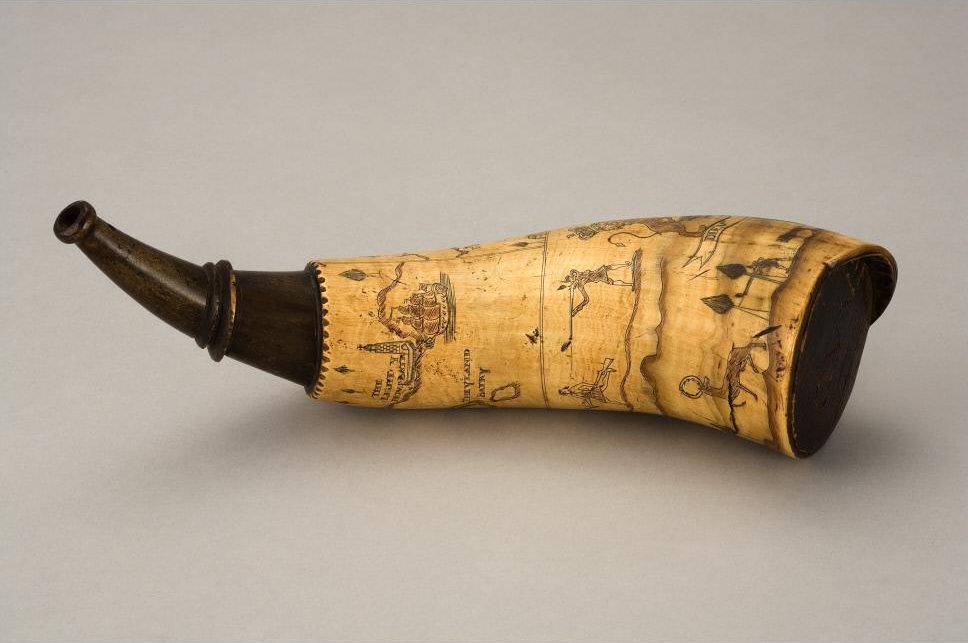
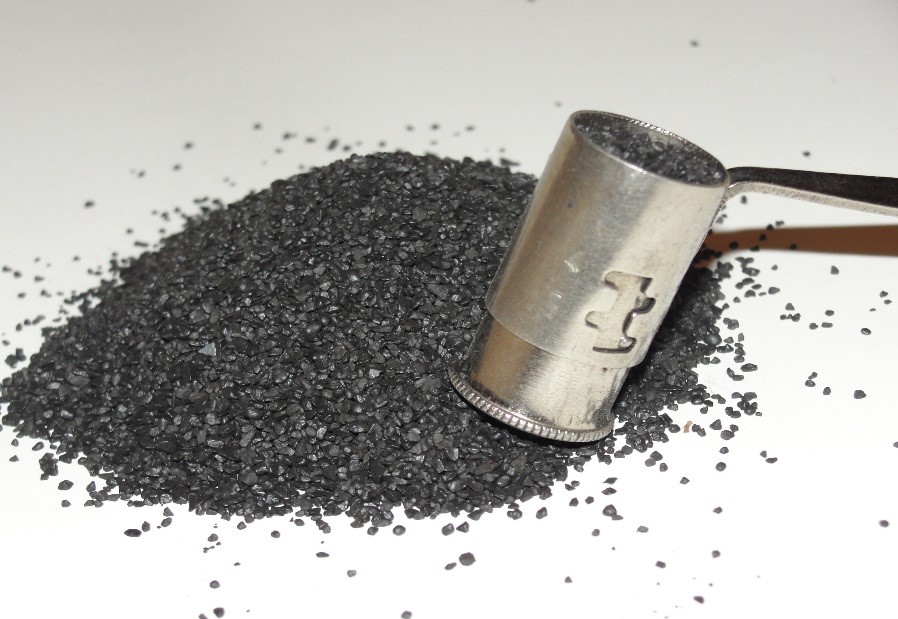
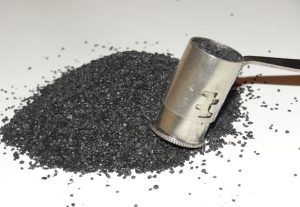
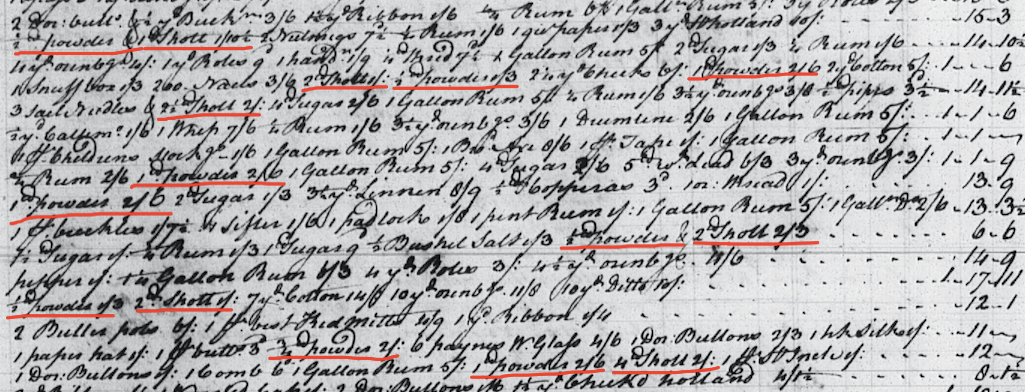
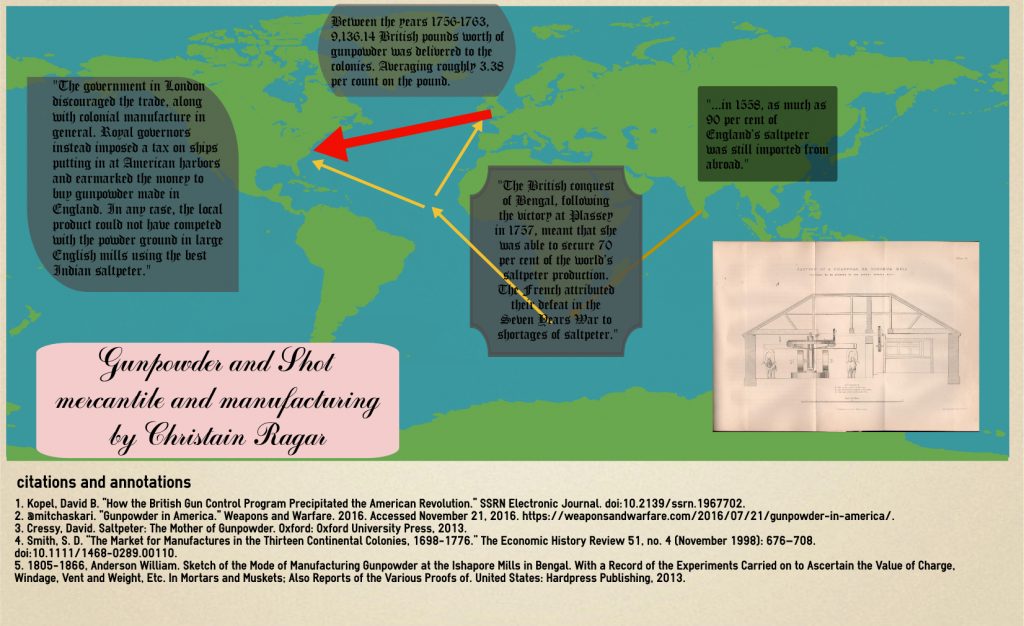 Infographic on Shot
Infographic on Shot